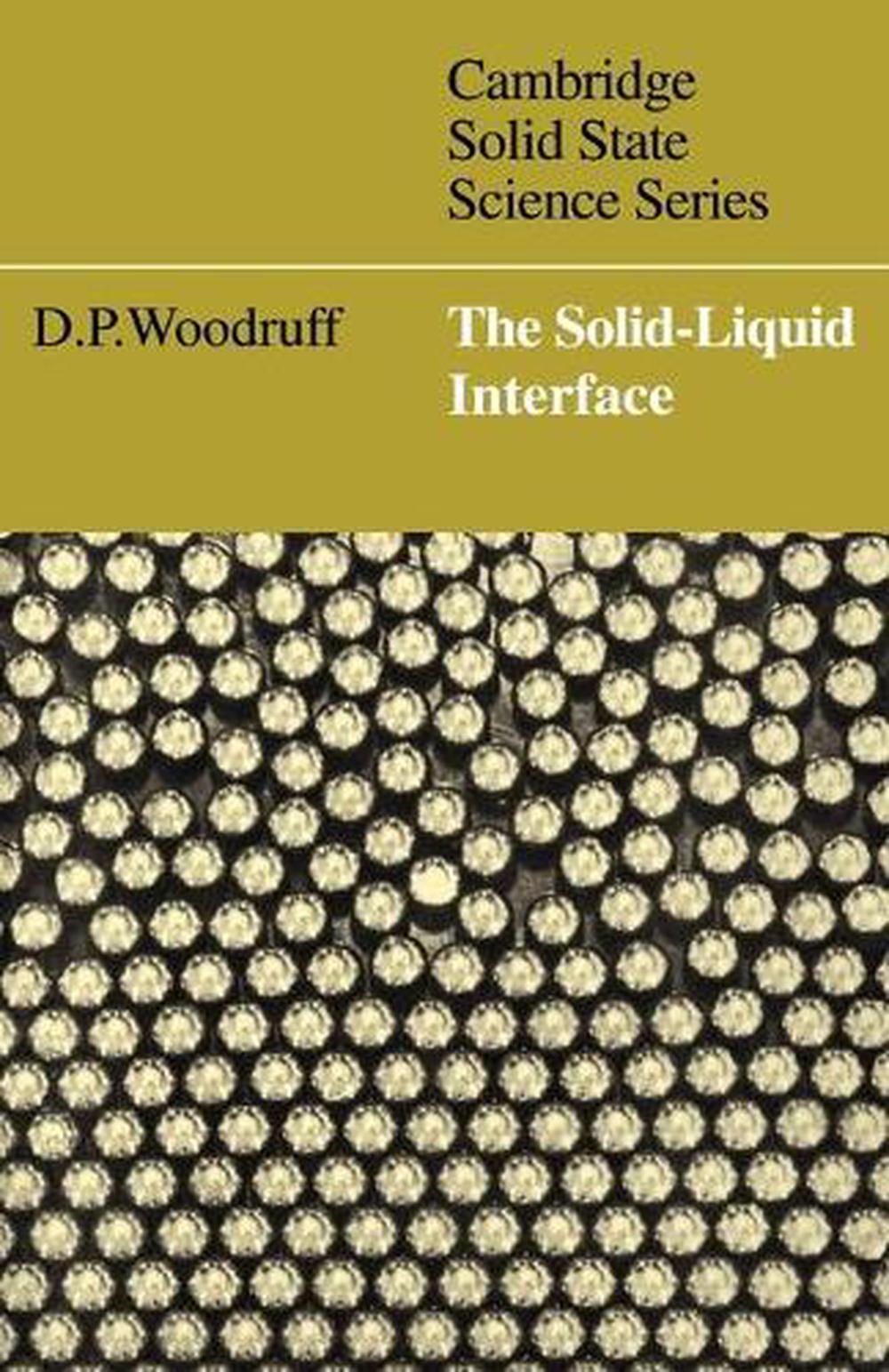
When you click on links to various merchants on this site and make a purchase, this can result in this site earning a commission. Affiliate programs and affiliations include, but are not limited to, the eBay Partner Network.
The Solid-Liquid Interface by D.P. Woodruff (English) Paperback Book

- Item No : 135875092450
- Condition : Brand New
- Brand : No brand Info
- Seller : the_nile
- Current Bid : US $54.47
-
* Item Description
-
The Nile on eBay

The Solid-Liquid Interface
by D.P. Woodruff
The nature of the solid-liquid interface, the mechanism associated with its movement, and its preferential morphologies, impose important boundary conditions on the technology of crystal growth from the melt. This 1973 book aims to describe these basic physical changes which underlie all of the important range of melt growth techniques.
FORMAT
PaperbackLANGUAGE
EnglishCONDITION
Brand New
Publisher Description
The nature of the solid-liquid interface, the mechanism associated with its movement, and its preferential morphologies, impose important boundary conditions on the technology of crystal growth from the melt. This 1973 book sets out to describe these basic physical changes which underlie all of the important range of melt growth techniques irrespective of the special problems of individual materials and particular experimental techniques. It will be of particular value to senior undergraduates and graduate students of the science of materials. Dr Woodruff begins by considering Gibbs's 1878 work on the basic thermodynamics of an interface, and moves on to examine experimental aspects of the solid-liquid interfacial free energy. The theory of the morphological stability of the interface is also studied, along with the kinetics of crystal growth, and there is a useful chapter on eutectic growth. Throughout, the macroscopic properties of the materials under discussion are linked to relevant theory.
Table of Contents
Preface; 1. Interfacial free energy and the y-ploy; 2. The experimental determination of the solid-liquid interfacial free energy ySL; 3. The structure of the solid-liquid interface; 4. Non-structural views of the solid-liquid interface; 5. Morphological stability; 6. Dendritic growth; 7. Eutectic growth; 8. Mechanisms and kinetics of crystal growth.
Promotional
This 1973 book aims to describe the basic physical changes of the solid-liquid interface.
Promotional "Headline"
This 1973 book aims to describe the basic physical changes of the solid-liquid interface.
Description for Bookstore
The nature of the solid-liquid interface, the mechanism associated with its movement, and its preferential morphologies, impose important boundary conditions on the technology of crystal growth from the melt. This 1973 book aims to describe these basic physical changes which underlie all of the important range of melt growth techniques.
Description for Library
The nature of the solid-liquid interface, the mechanism associated with its movement, and its preferential morphologies, impose important boundary conditions on the technology of crystal growth from the melt. This 1973 book aims to describe these basic physical changes which underlie all of the important range of melt growth techniques.
Details
ISBN0521299713Author D.P. WoodruffPublisher Cambridge University PressSeries Cambridge Solid State Science SeriesYear 1980ISBN-10 0521299713ISBN-13 9780521299718Format PaperbackPublication Date 1980-09-25Imprint Cambridge University PressPlace of Publication CambridgeCountry of Publication United KingdomDEWEY 541/.3453Birth 1944Pages 192Language EnglishMedia BookShort Title SOLID-LIQUID INTERFACE REV/EEdition Description RevisedIllustrations Worked examples or ExercisesUK Release Date 1980-09-25AU Release Date 1980-09-25NZ Release Date 1980-09-25Audience Tertiary & Higher Education


















